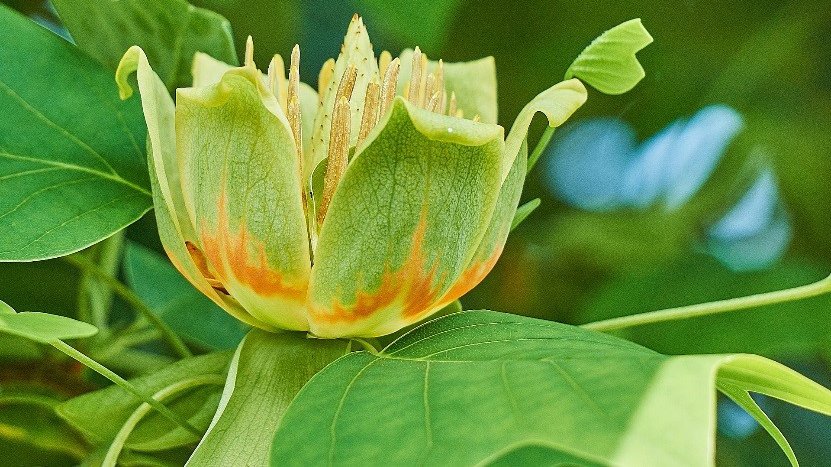Excessive and incorrect use of antibiotics around the globe is leading to bacterial resistance. It is becoming almost impossible to target multiresistant bacterial strains with any of the common antibiotics. To this end, researchers at Emory University in Atlanta (US) browsed a field guide from the American Civil War to find an alternative.
The guide identified three promising candidates. When these three plant species were sampled to test for a number of multiresistant bacterial strains, the results were striking. As it appeared, the plants inhibited bacterial growth, biofilm production and the transmission of certain signals.
According to the Dutch National Institute for Public Health and the Environment (RIVM), Dutch hospitals are prone to frequent outbreaks of the Acinetobacter baumannii and Klebsiella pneumoniae bacteria studied, most recently in 2017. Many people carry the third bacterium, Staphylococcus aureus, on their skin or in their nose. The danger only arises when you have the multiresistant bacterial strain MRSA and it ends up in your bloodstream.
'If we can identify the components that account for the antimicrobial properties, our research may eventually help to modernise wound dressing', said Micah Dettweiler from the research team. 'It is my strong conviction that ancestral lore still has many a secret to reveal.'

